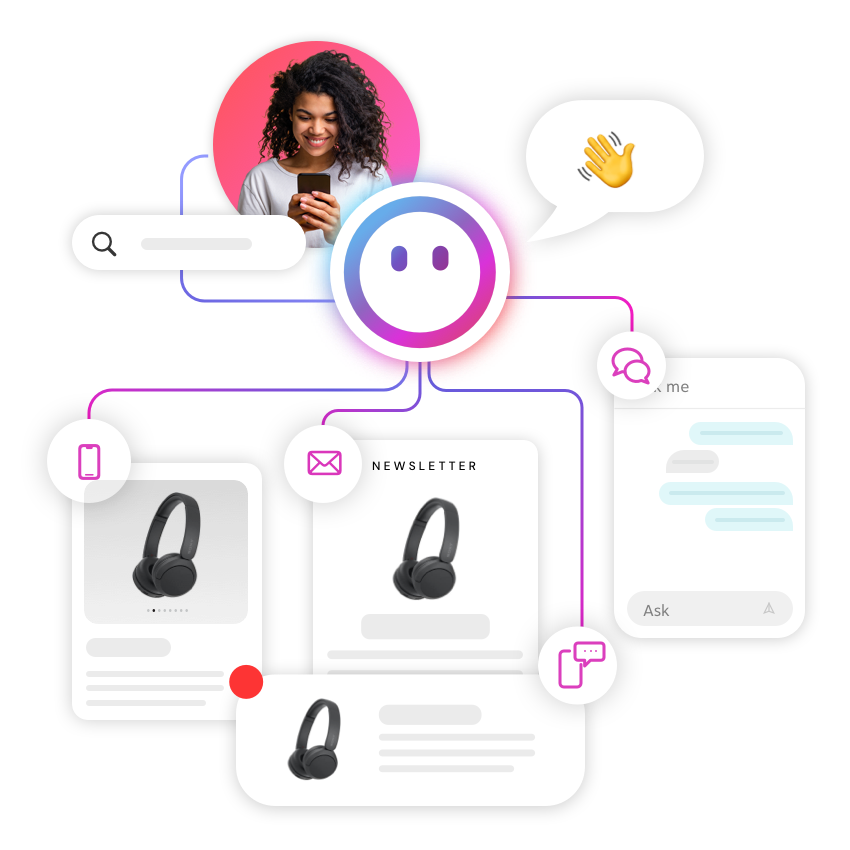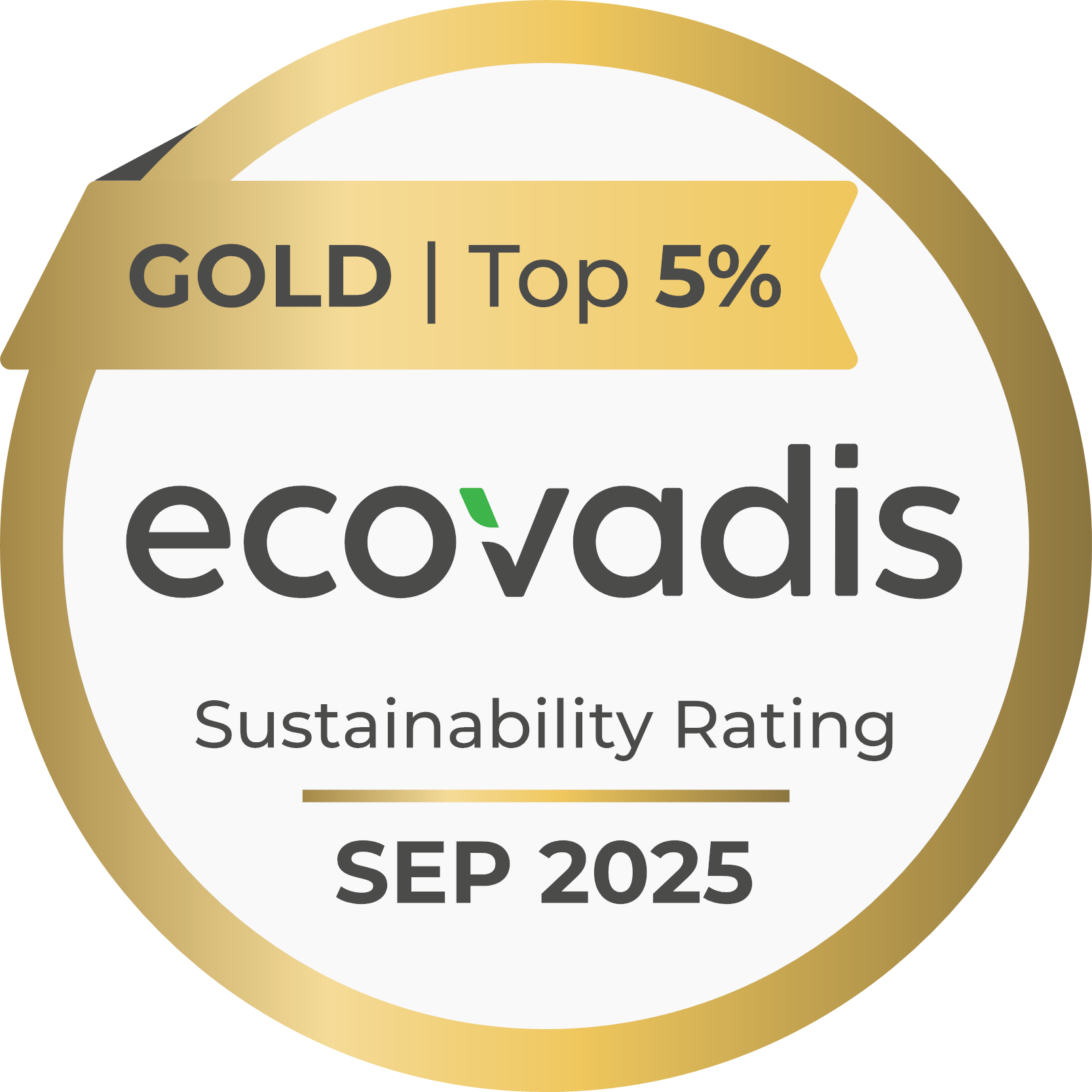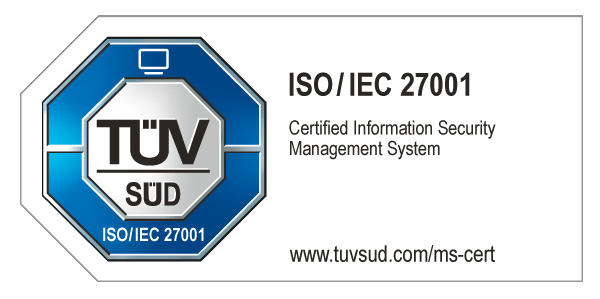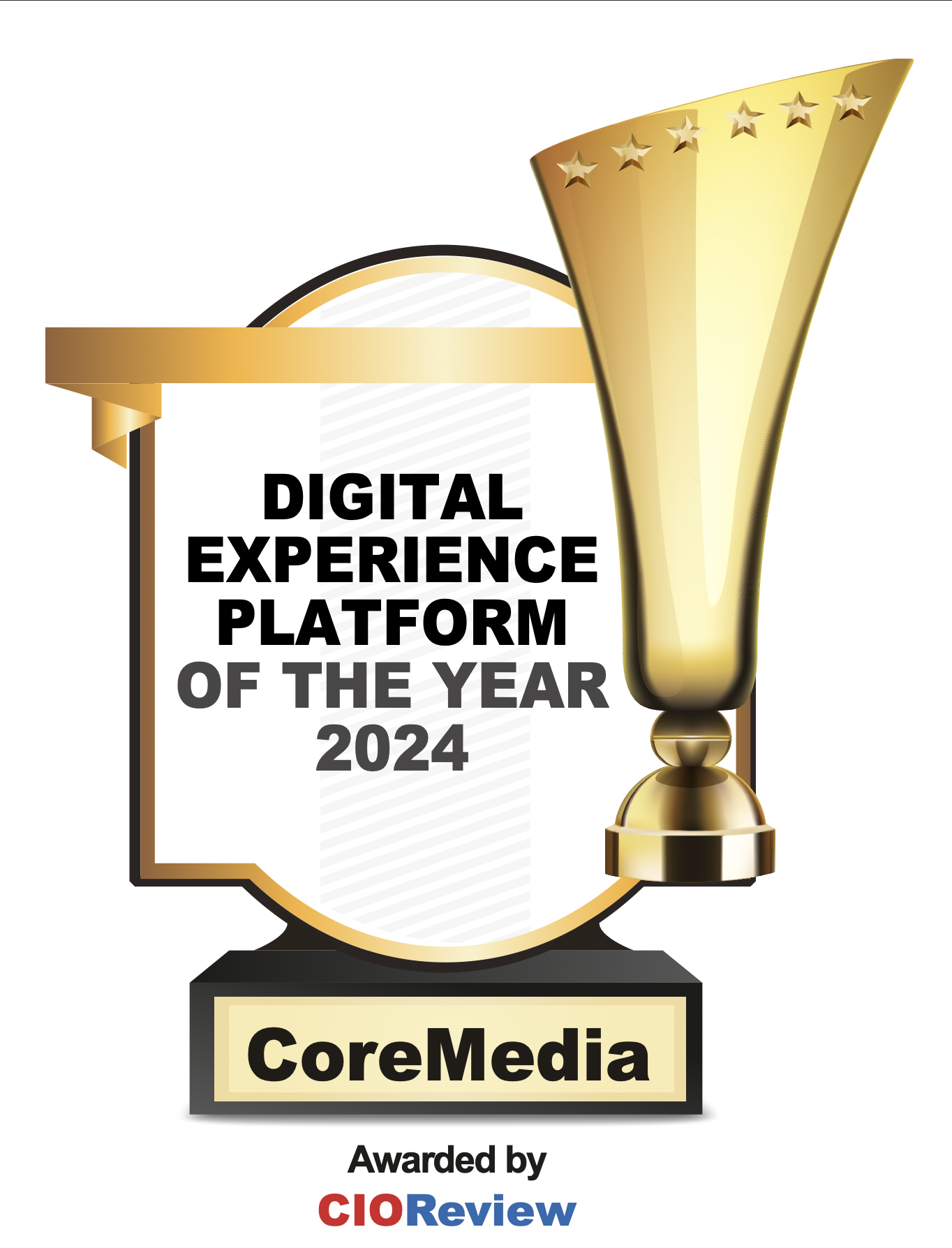API-first commerce, a.k.a. “headless commerce” is quickly becoming the talk among many commerce teams. It offers a seamless way to go beyond the traditional webstore to shoppable videos, kiosks, magic mirrors, Alexa, virtual and augmented reality use cases. In fact, there are trailblazing early adopters that use API-first commerce for checkout via Facebook chatbot. A major cruise line offers stylish wearable medallions that serve as a key to a room as well as the form of ID and payment for services on a luxury ship. Most recently, Marriott announced that Alexa will be the butler in select Marriott hotels to elevate customer experience.
With “headless commerce” becoming a go-to commerce application for innovative brands and service providers, there are a few benefits that are often overlooked:
- Any front layer is game: There is a perception in the market that a headless platform requires a content management system (CMS) or a digital experience platform (DXP). This couldn’t be further from the truth. Any front-end layer works! In fact, with a headless approach, you can unleash your marketing team and creative agency to deliver next generation customer experience without the limitations imposed by pre-built templates in traditional platforms and content systems. Developers can commerce-enable any touchpoint and device using the open source code and API-first framework.
- No need to rip and replace: Legacy applications are costly and carry a massive load in the day-to-day running of the businesses. Replacing such applications is a risky and stressful endeavor. The great news is that with a headless platform, businesses can innovate and sunset the old systems without ripping and replacing the legacy infrastructure. For example, a major tax and accounting software provider transitioned multiple business units in various regions to a single platform. They gradually replaced core components in each legacy commerce system with microservices for pricing, cart, etc.
- Pace of innovation: Many businesses walk away from new ways to reach customers because their systems make it costly and time-consuming to stage and test a new idea. Testing fast and failing fast, learning quickly and implementing what works is a must for any business that wants to stay on top of their game. API-first approach unleashes marketing professionals to test new touchpoints and devices without a heavy burden on the IT team. For example, if you want to extend experiences across channels through a traditional platform, you need to rebuild the commerce logic in every channel app (mobile, POS, Alexa, call center, etc.). If you have a headless commerce engine, all of the commerce logic is available through the engine API and thus available to any new channel on a consistent basis.
- Microservices and SaaS: There is a lot of talk about microservices as part of the API-first commerce and how this technology is shaping the back-end of the commerce environment. What is often overlooked is that for businesses using a SaaS platform, the benefit of microservices is reduced to a great degree. It is up to a platform provider to take advantage of microservices architecture and make sure that with frequent releases of new features and services, everything is still working as it should.
Originally posted to:
https://www.linkedin.com/pulse/four-things-you-may-know-api-first-commerce-ana-milevskaja/
ElasticPath will be an exhibition partner at the CoreMedia DMEXCO 2018 booth.
Learn more how to create iconic shopping experiences with API-First Commerce at dmexco 2018








